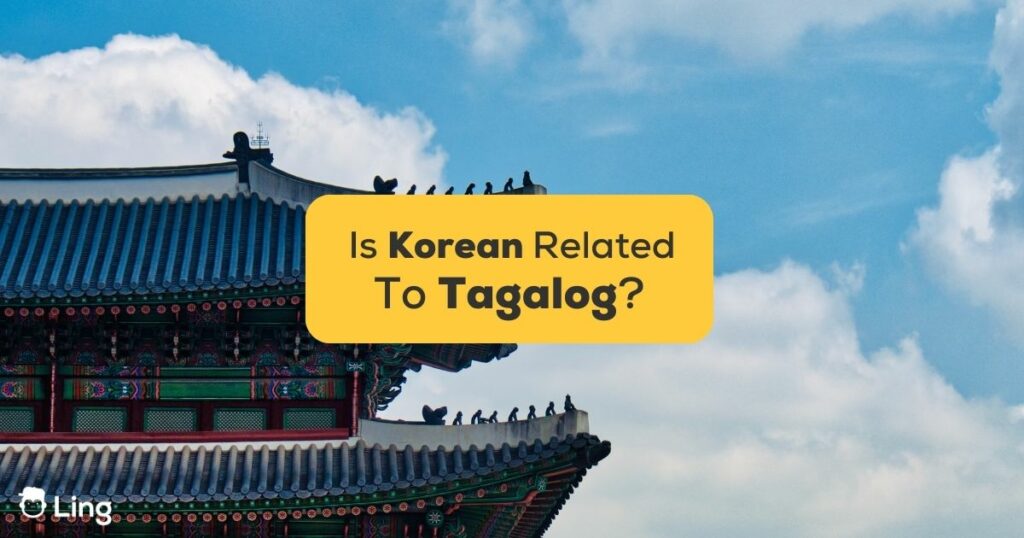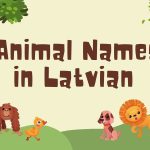We’ve all been there. You’re bounding down the rabbit hole of a brand new language, words and phrases twirling around like a kaleidoscopic linguistic waltz, when a question bubbles up – “Could my beloved Korean drama marathons give me a leg up in understanding the melodious tunes of Tagalog?” And voila! An intriguing question is birthed: “Is Korean related to Tagalog?”
On the surface, these Asian languages seem to march to the beat of their own drums. But could there be an unexpected bond, strange and enchanting, threading these two distinct languages together? Hold on to your hats, my fellow Language Detectives! It’s time to dive into an exhilarating linguistic investigation with a delightful dash of detective work.
Korean Language
In the field of linguistics, the Korean language holds a unique position. Serving as the primary mode of communication for about 75 million people worldwide, centered primarily in North and South Korea, Korean is a significant player in the global language landscape.
The Korean language is written using ‘Hangul,’ a sophisticated script system that was specifically constructed to meet the linguistic needs of the Korean populace. Unlike the logographic script utilized by Classical Chinese, Hangul is built upon a phonetic system, meticulously structured to enable an accurate reflection of Korean pronunciation.
A captivating element of the Korean language lies in its status as a ‘language isolate’. In linguistics, a ‘language isolate’ refers to a language that does not seem to share genetic roots with any other language, essentially rendering it unique. The implication is that Korean has evolved independently, making it an enchanting subject for linguistic research.
Cultural diversity is another intriguing aspect of Korean, with diverse dialects varying based on geographical location. For instance, the Seoul dialect – considered to be the standard form of Korean – conveys a certain formality and propriety. In contrast, the dialect from the Jeju Province carries a more rural, colloquial flavor. These dialect variances lend a comprehensive dimension to the study of Korean, illustrating the socio-cultural dynamic in language variation.
Where Is Korean Spoken?
Predominantly, Korean is the official language in both North and South Korea. However, this language refuses to be confined merely within geographical boundaries. Today, China hosts a noteworthy population of Korean speakers in the Yanbian Korean Autonomous Prefecture, where the enchanting melodies of Korean flourish. But this is not the extent of its musical reach.
Traveling across oceans, Korean has established its presence in the diaspora communities, notably in the urban landscapes of the United States – Los Angeles and New York, among others. The geographical canvases of Australia, Canada, the UK, New Zealand, and other countries also bask in the warm glow of the Korean language, adding a captivating dimension to their cultural mosaic.

Tagalog Language
Humming the rhythm of over 28 million speakers, primarily in the heart and lungs of the Philippines – Manila and Central Luzon, Tagalog is a headlining act in the Austronesian language family. It’s also the foundation of Filipino, the national language of the Philippines. So in essence, if a language could strut down a runway, Tagalog would be flaunting the “Proud Basis of a National Language” sash.
Tagalog’s script, Baybayin, is a pre-colonial artifact that is used to draw artistic symbols on the Philippines’ cultural canvas. However, evolution swept in, and the Latin script claimed a first-row seat to the Tagalog tale. Today, the bulk of Tagalog’s literary symphony is orchestrated with Latin alphabets.
Adored for its ‘Malayo-Polynesian’ roots, which might sound to some like an exotic dance or a forbidden fruit, the Malayo-Polynesian subgroup serves up a hefty linguistic spread. Tagalog, within this spread, sings its intriguing harmony.
Now to some serious facts, balanced deliciously with intrigue like a well-cooked Adobo. While Tagalog matches steps with English and Spanish due to a historical cha-cha of colonial influences causing linguistic crossover, it breaks away for a solo performance with its unique verb system.
Where Is Tagalog Spoken?
Tagalog is mainly spoken in the Philippines. However, you’ll quickly notice that wanderlust takes the reins since Tagalog’s footprints have also graced locations such as the United States, UAE, Canada, and Australia. With vibrant Filipino communities sprinkled across these countries, Tagalog’s charm effortlessly transcends geographical boundaries, leaving its melodic mark globally.

Is Korean Related To Tagalog?
Firstly, Korean and Tagalog belong to completely different language families – Korean being a language isolate and Tagalog being part of the Austronesian language family. This underlines their individual evolution from divergently unique linguistic trees.
Their scripts journey on separate tracks as well. While Korean use Hangul, a phonetic script system, the modern Tagalog is primarily expressed through the Latin script due to historical influences.
Grammar-wise, both languages do feature an intricate verb system, with Korean’s agglutinative structure and Tagalog’s focus system. However, these systems function differently in both languages, making them uniquely delightful in their own ways.
The phonological landscape of these languages also varies significantly, reiterating the contrasting character of each language.
With differences clearly outnumbering the similarities, it’s academically sound to conclude that Korean and Tagalog are not directly related in a linguistic sense. While each language carries historical influences, their fundamental linguistic fabric is remarkably distinct.
Learn Korean And Tagalog With Ling
Well, isn’t that quite an exploration, ey? We’ve danced with the distinct rhythms of the Korean and Tagalog languages, dived into their layered histories, and savored the rich flavors of their unique grammars. But before we drop the curtain and put our language hats back on the rack, let’s hit the brakes for a moment…
What if the thirst for more is still bubbling within you? What if Korea’s enchanting language has set your heart racing?
Well, language lovers, we have thrilling news that should feel like glorious sunshine on a rainy day! You can immediately hit the ground running – or, shall we say, speaking – with the Ling app. This educational app serves as a knowledge powerhouse when it comes to bite-sized lessons, ensuring you can swallow without choking on information overload. With it, you can finally feed your linguistic curiosity with engaging quizzes, games, and interactive materials—all designed to transform learning into a joyride!
Put on your linguistic adventure boots, grab the Ling app from the App Store or Play Store, and join the vibrant party of Korean learning.


































































